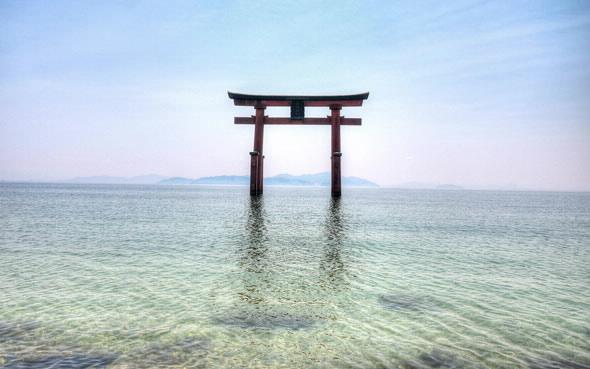

Published on the 6th August 2015 by ANSTO Staff
"The acceptance of 30 high-impact papers on the program of an influential environmental conference in Japan, makes ANSTO the single most successful organisation at the event in terms of contributions, said Senior Principal Research Scientist," Henk Heijnis.
Heijnis and seven other environmental scientists have just returned from presenting research at the XIX INQUA Conference Quaternary Perspectives on Climate Change, Natural Hazards and Civilisation held in Nagoya, Japan. Another 22 ANSTO scientists were lead or contributing investigators on papers.
Principal Environmental Research Scientist David Fink and former Head of the Institute for Environmental Research John Dodson were convenors of symposia. Key authors included David Fink, Quan Hua, Patricia Gadd, Krystyna Saunders and Geraldine Jacobsen. Heijnis was a co-investigator on eight papers.
About 1800 delegates presented research at the conference, which highlighted Quaternary research in coastal and marine processes, palaeoclimate, humans and biosphere and stratigraphy and chronology.
“The Australasian Quaternary Association (AQUA) had such a strong contingent, it is a reflection of the quality of the research from Australia and New Zealand,” commented Heijnis. “The analytical techniques available at ANSTO, such as high resolution Itrax XRF, accelerator mass spectrometry and isotope measurements among others, enable the capture of high resolution palaeoclimate records and landscape changes during the late Quaternary from diverse samples.”
Quaternary period research is so important it has numerous international organisations committed to its study, including the International Union for Quaternary Research (INQUA) and AQUA. ANSTO is a member of AQUA.
“We have scientists who are experts in hydrology and water dynamics, radiocarbon dating, ecosystem variability, human impacts on environment, glaciation in Antarctica, palaeoclimate and archaeobotany; many of whom reported on their recent investigations in Nagoya.”
Part of the conference was the opportunity for delegates to visit important environmental sites on a field excursion.

“Quan Hua, an authority on radiocarbon tracing who presented his recently published work on ocean currents at the conference, and I visited Lake Biwa (pictured above), the largest and oldest lake in Japan. Lake Biwa which has a continuous record of the past million years, is considered the most important site in the world for radiocarbon dating calibration,” said Heijnis.
“Understanding timescales and changes during the last 2.6 million years, the Quaternary, is essential to achieve a sustainable future,” said Heijnis.
The sense of social responsibility that environmental scientists share was summed up well by Tetsuzo Yasunari and James Syvitski: “The global change research community needs to renew its social contract with society by moving beyond a focus on biophysical limits and toward solution-oriented research to provide realistic, context-specific pathways to a sustainable future.”